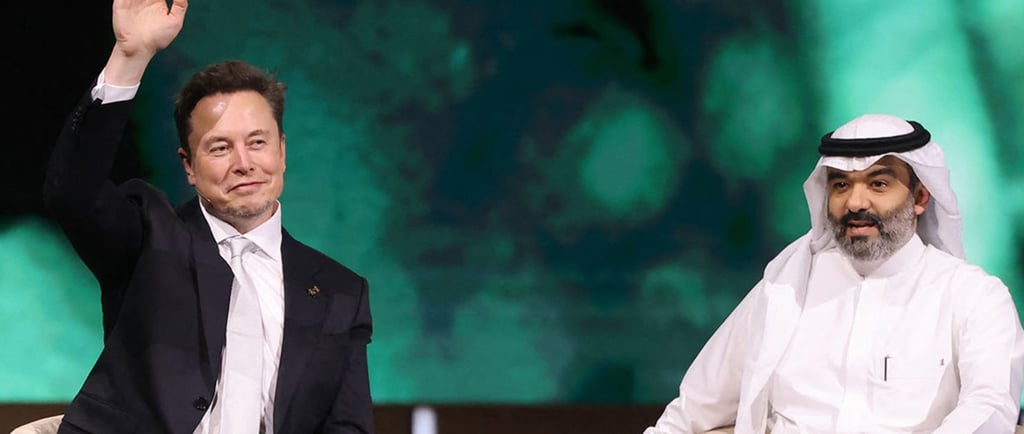Elon Musk’s $1.5B PayPal Exit: The Party Before the Storm
After selling PayPal for $1.5B in 2002, Elon Musk partied hard—but his real journey was just beginning. This pivotal moment fueled his ventures into SpaceX, Tesla, and beyond, reshaping industries and solidifying his legacy as a tech titan.
SUCCESS STORY
Thrivevision
5/15/20252 min read


In 2002, Silicon Valley witnessed one of the most iconic tech acquisitions of all time—eBay purchased PayPal for $1.5 billion in stock. At the heart of it was a 31-year-old entrepreneur named Elon Musk, who walked away from the deal with $165 million. For many, that would have been the ultimate success—early retirement, luxury living, and the end of a career well played.
But for Musk, it was just the beginning.
The PayPal Mafia and the Power of Risk
PayPal, co-founded by Musk (after the merger of his startup X.com with Confinity), wasn’t just a payments platform. It became a breeding ground for tech visionaries, often referred to as the “PayPal Mafia.” Members went on to build companies like LinkedIn (Reid Hoffman), YouTube (Chad Hurley, Steve Chen), and Yelp (Russel Simmons). But Elon Musk’s post-PayPal path was the boldest—and riskiest.
Rather than sitting on his fortune, Musk did the unthinkable: he poured almost all of his PayPal earnings into three high-risk ventures—SpaceX, Tesla, and SolarCity.
Betting on Space: The Birth of SpaceX
Musk had long been fascinated with space. In 2002, shortly after the PayPal sale, he invested $100 million into launching SpaceX (Space Exploration Technologies Corp.) with the goal of reducing space transportation costs and eventually colonizing Mars.
The early years were filled with failures—three failed rocket launches nearly destroyed the company. But in 2008, SpaceX finally succeeded, securing a NASA contract that kept the company alive. Today, SpaceX is the world’s leading private space firm, responsible for innovations like reusable rockets and launching the first private astronauts to the ISS.
Electrifying the Roads: Investing in Tesla
In 2004, Musk invested $6.5 million into Tesla Motors, becoming its chairman. The company’s goal? Build a fully electric car that didn’t compromise on performance. Despite countless setbacks—delays, financial crises, and doubt from the auto industry—Tesla survived. Musk eventually became CEO and transformed Tesla into the most valuable car company in the world, with models like the Model S and Model 3 reshaping transportation globally.
Powering Homes: The SolarCity Vision
Musk didn’t stop at cars and rockets. In 2006, he co-founded SolarCity with his cousins, investing millions more. The company aimed to make solar energy accessible and affordable. It eventually merged with Tesla to become Tesla Energy, offering everything from solar roofs to Powerwall battery storage systems—integrating sustainable energy into daily life.
The Outcome: From Risk to Revolution
By 2008, Musk was nearly broke. His companies were on the verge of collapse. He had to borrow money for rent. But his unwavering belief in his missions paid off. Each company survived and later thrived.
Fast-forward to today: Musk is one of the richest individuals on Earth, with his wealth largely tied to the companies he risked everything to build. His net worth has soared beyond $200 billion, but more importantly, he’s reshaped industries: space travel, electric vehicles, solar power, AI, and even brain-machine interfaces (via Neuralink).
The Lesson: Vision Over Comfort
The sale of PayPal was a financial milestone, but what Musk did next was revolutionary. Instead of protecting his wealth, he bet it all on solving big problems. It was this mindset—not luck—that built the empire we now associate with Elon Musk.
He proved that true impact doesn’t come from cashing out—it comes from reinvesting in the future.
Inspiration
Explore success stories and motivational journeys today.
Growth
Vision
© 2025. All rights reserved.
